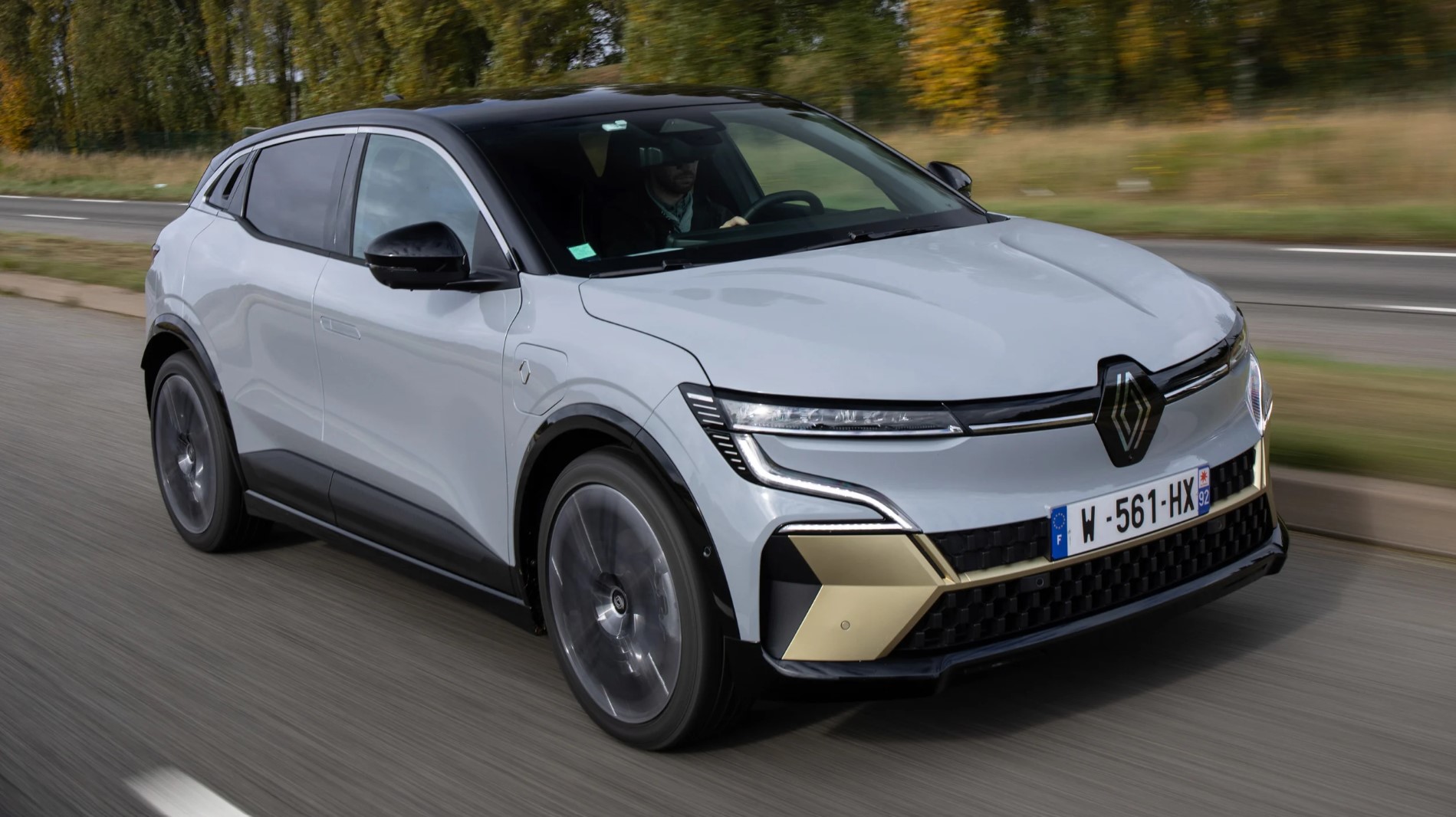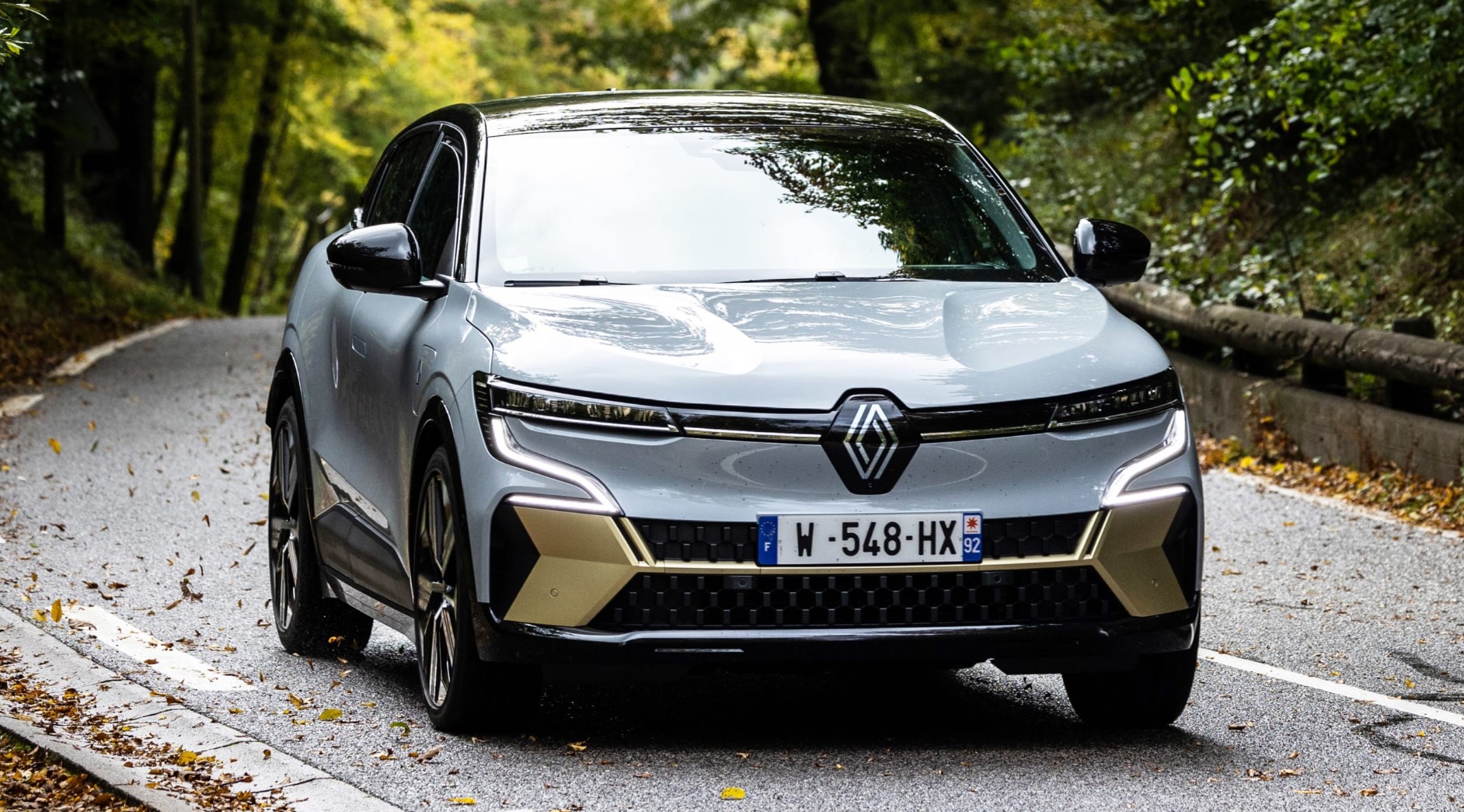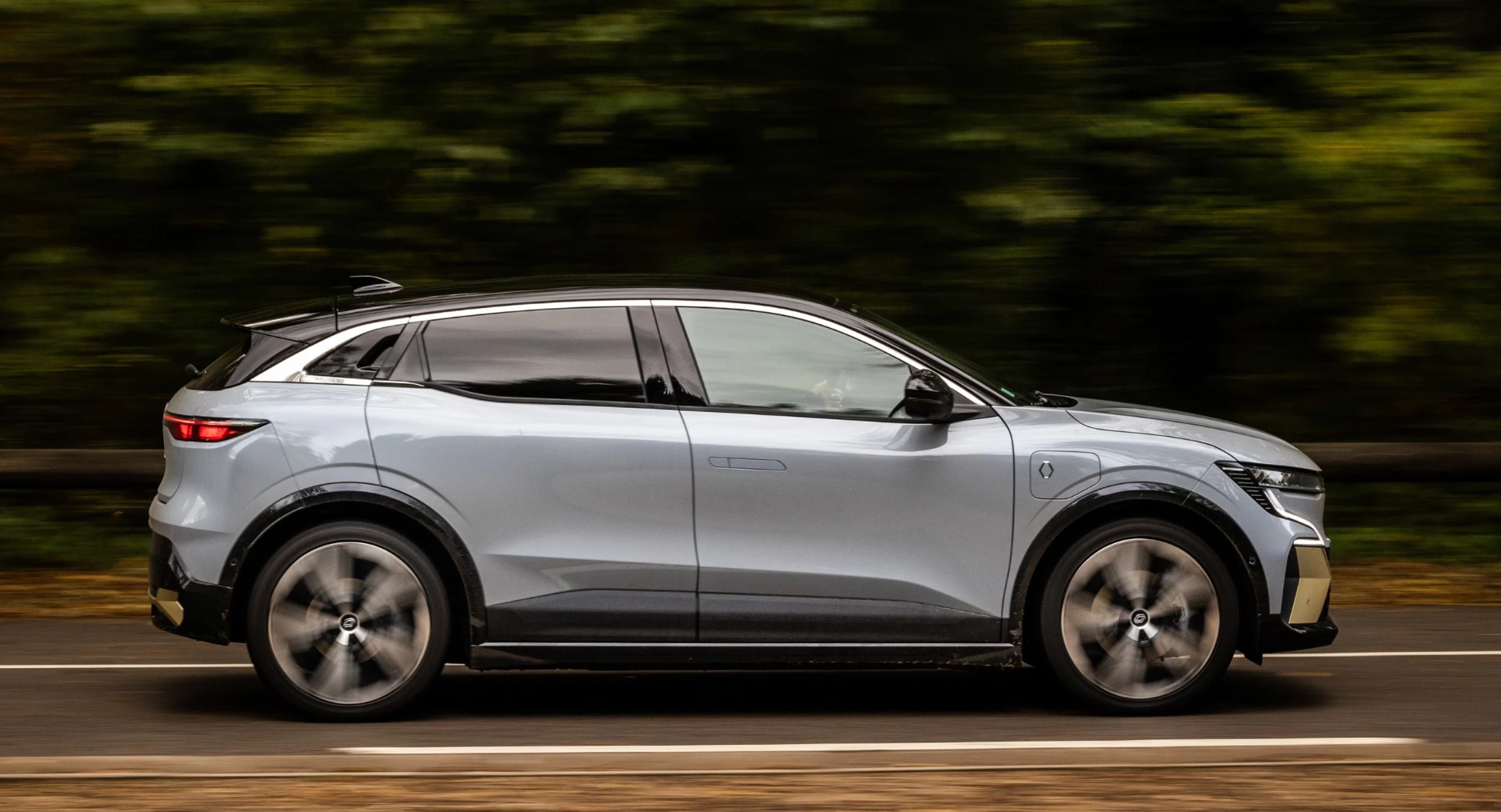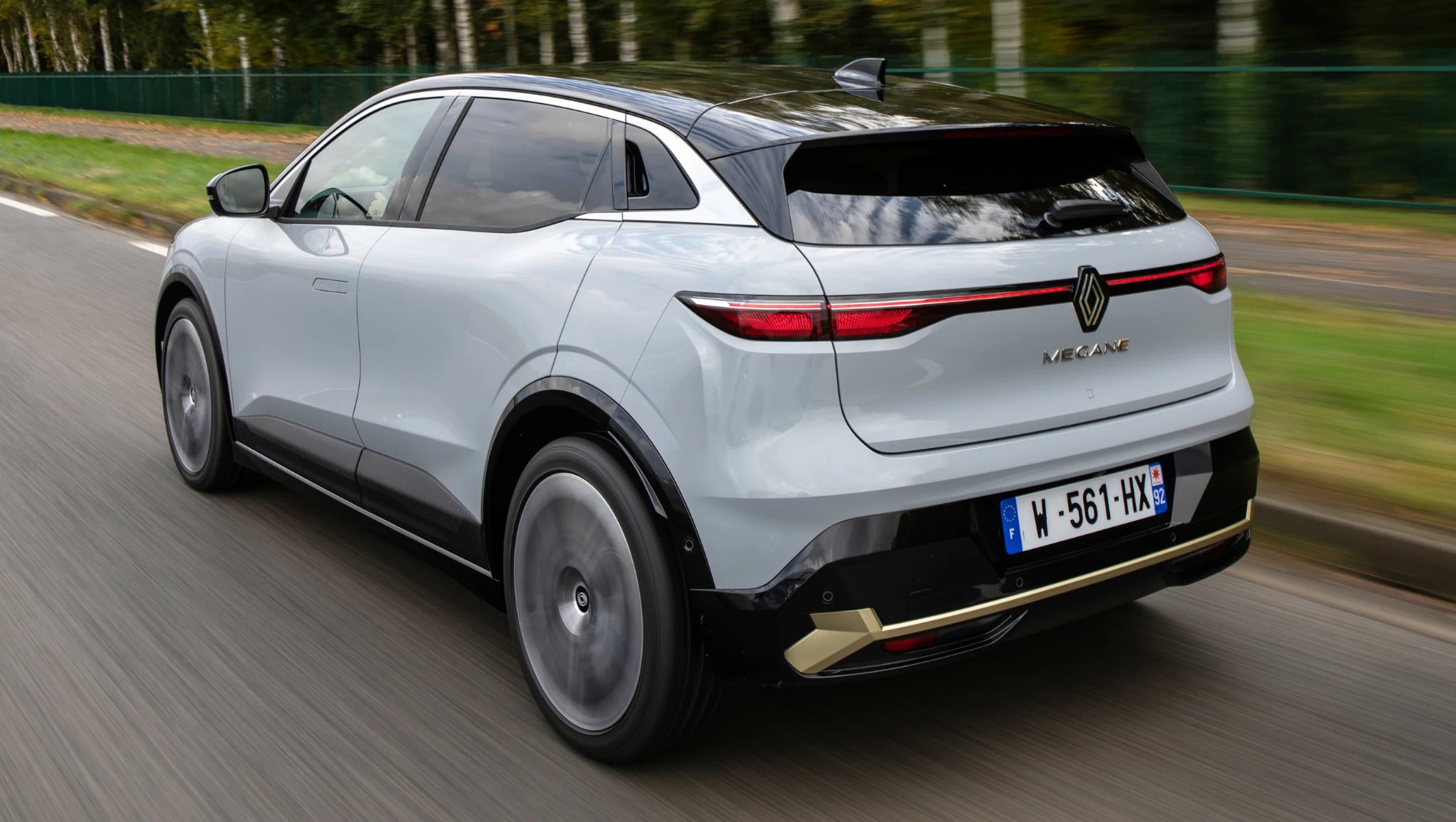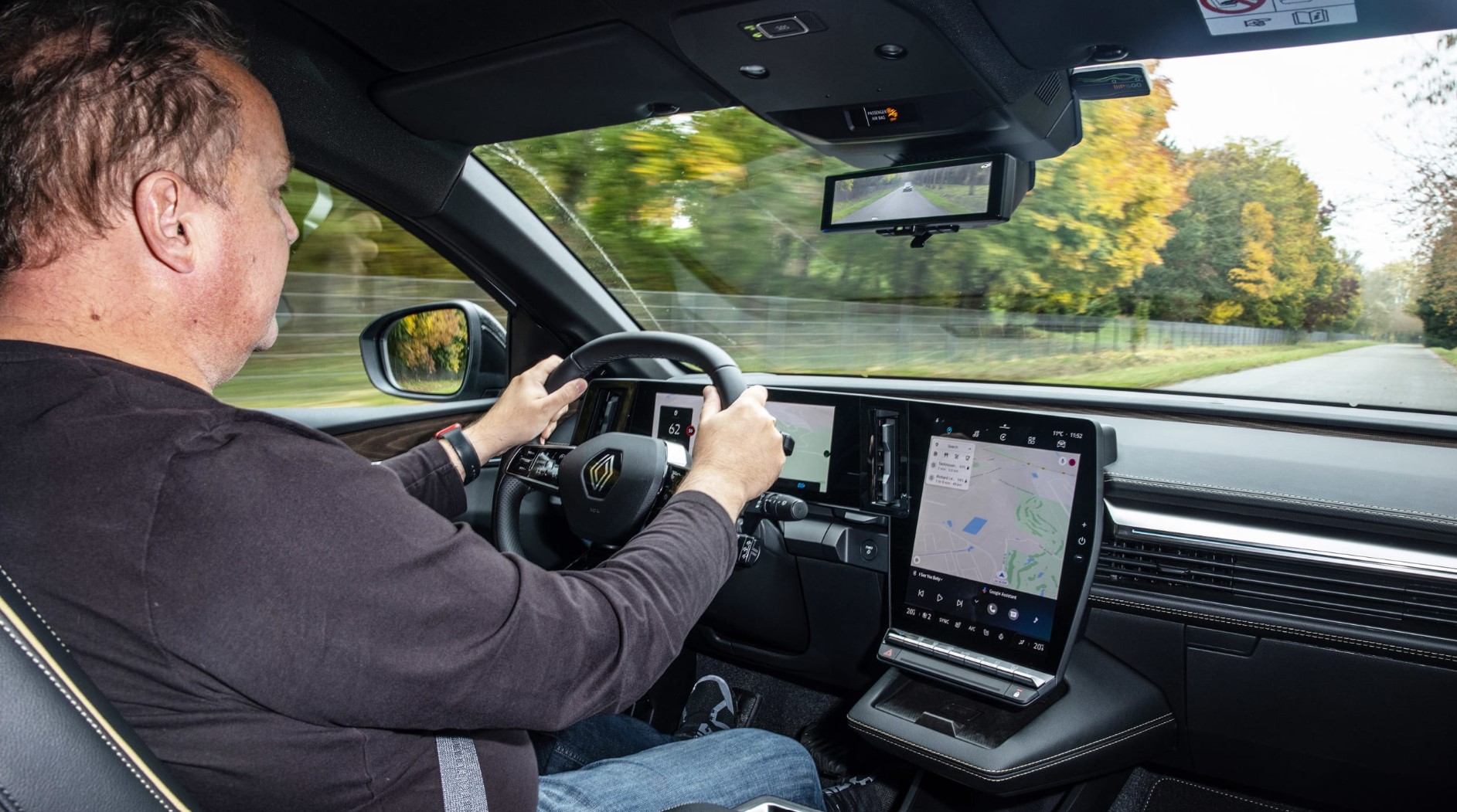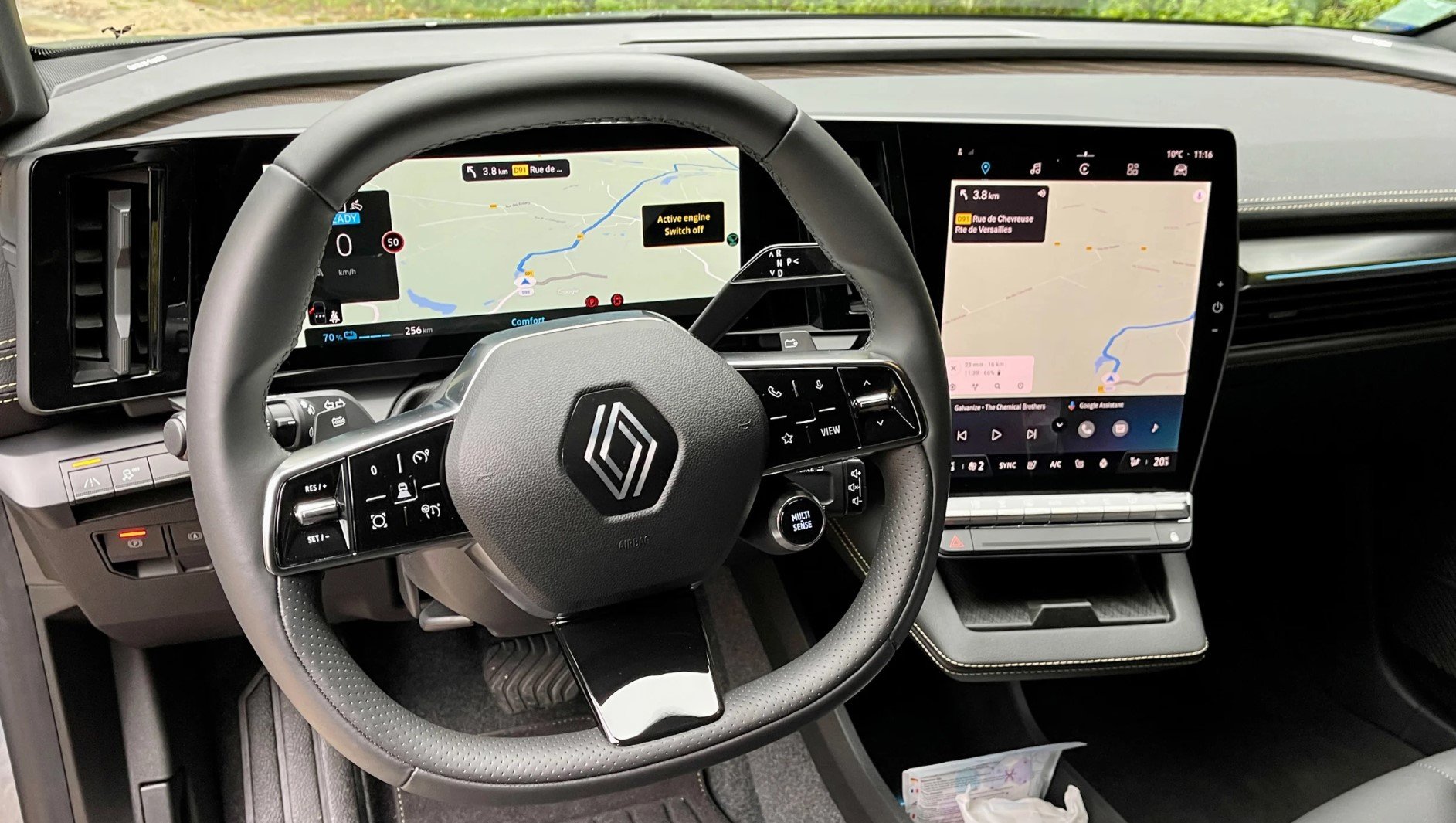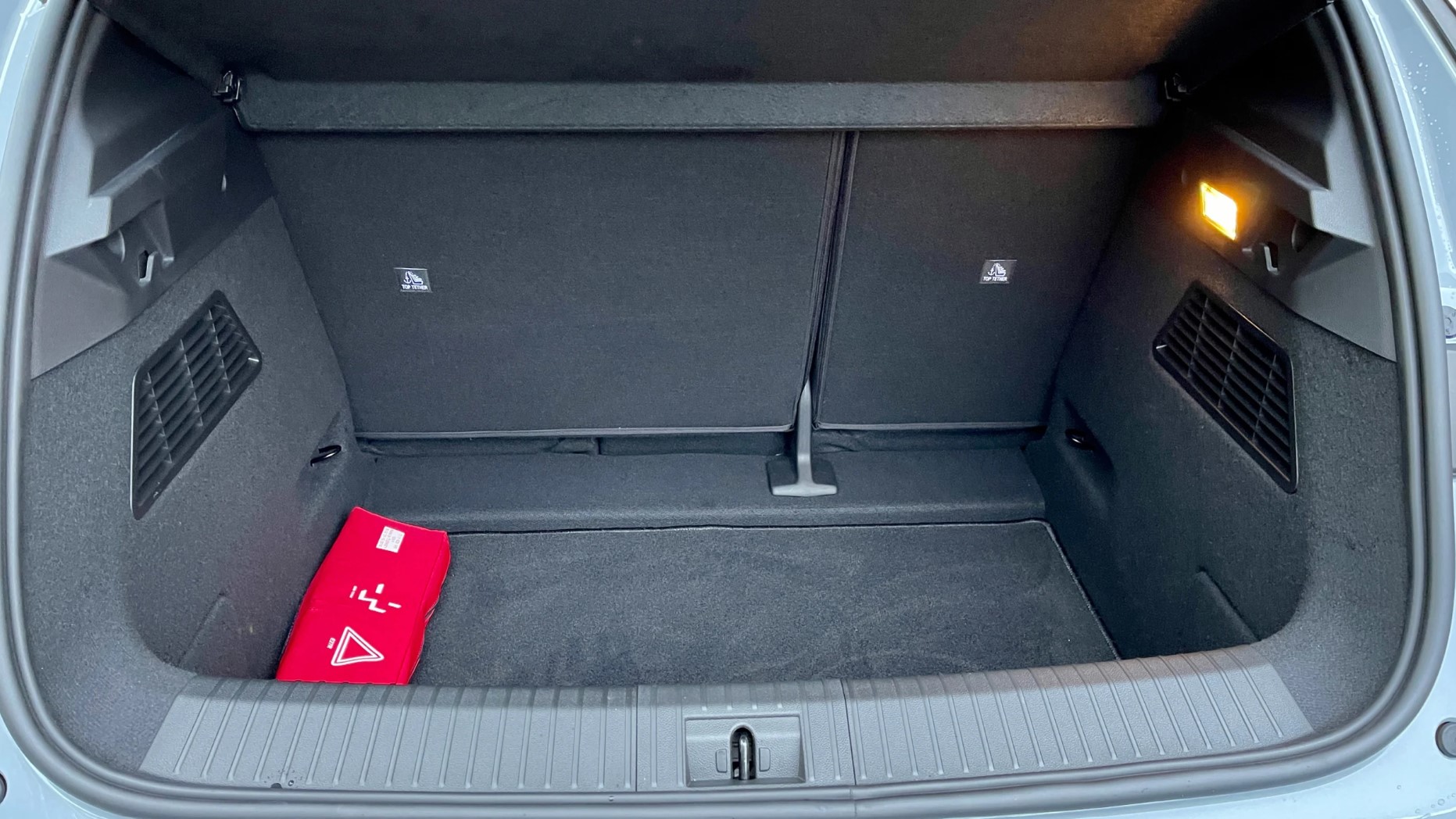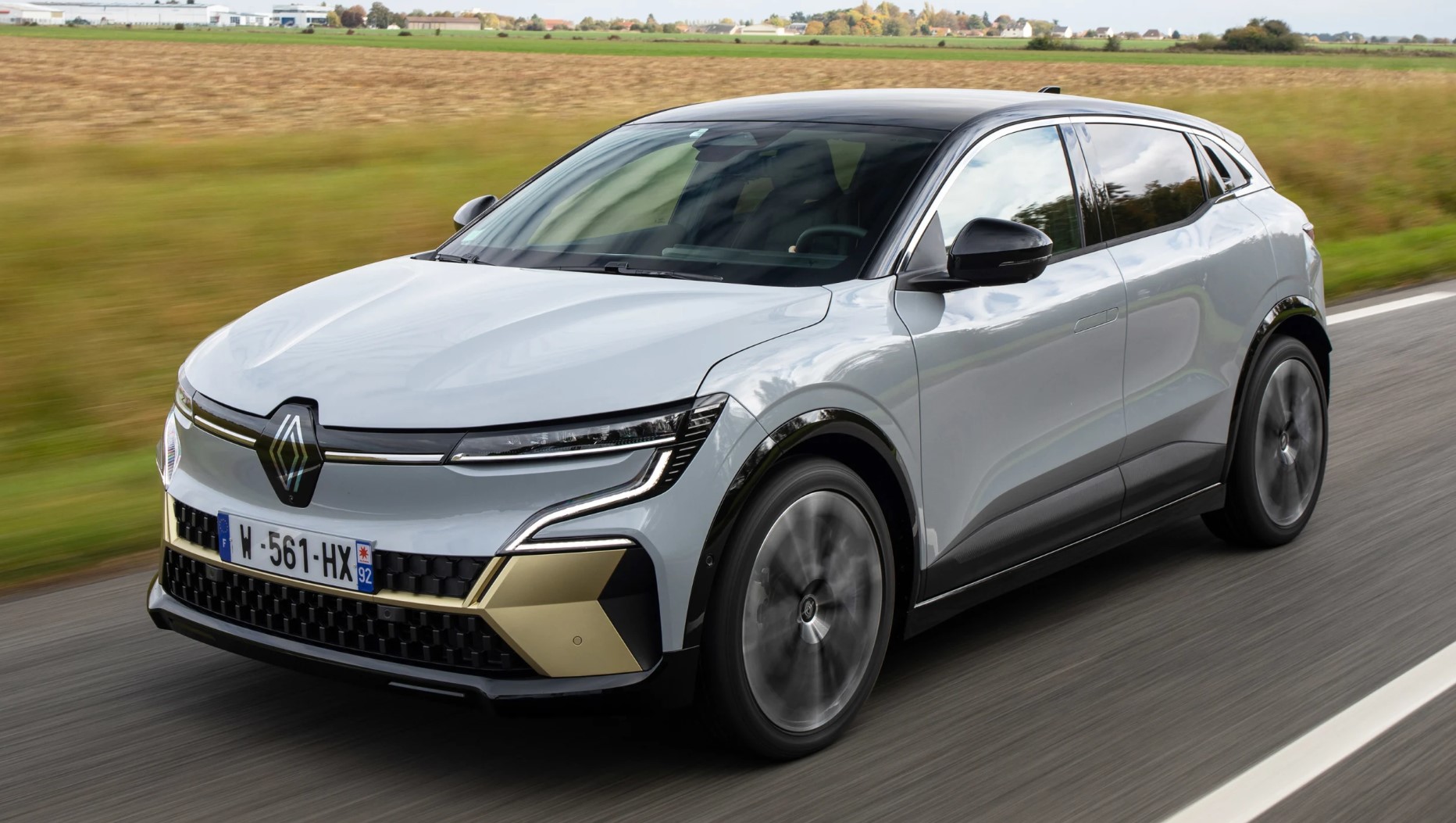More fun than most electric family hatches, yet also efficient and comfortable, the Megane E-Tech Electric is comprehensive and compelling.
The all-new Megane E-Tech Electric crossover is another serious ‘budge up’ from battery technology as it starts to shove combustion engines out of the mainstream. It is also in the pipeline to be Renault’s first electric model in Australia.
You won’t mistake this new model for the old one, though: its Range Rover Evoque-esque look, complete with a high waistline, a frowning brow and contrasting chevrons on its chin, is very distinct and rather sporting.
This, in fact, is because this design was originally conceived as the styling for a performance version of the new car. As design boss Laurens van den Acker told us: “Everyone liked it so much that we made it the standard styling.” That will also explain the 20in wheels that will be standard fit on higher-spec versions, then.
This is also an important car for Renault, since it’s the first model to sit on its new EV-specific modular platform, the CMF-EV.
In this guise, that means front-wheel drive and a slimline mattress of lithium ion batteries with a usable capacity of either 40kWh or 60kWh, which translates to a WLTP range of 299km or 470km. DC rapid charging can be done at a rate of up to 130kW on the 60kWh model, which is good for a 10-80 per cent charge in half an hour. Expect the 40kWh model to have slower charging (the CCS rapid-charging plug might even be optional), but every Mégane E-Tech Electric will be able to take 22kW from an AC charger.
As for how it drives? Well, Renault bandied about the phrase “this is the GTI of the class” in its press conference, which Volkswagen might not be too pleased about (nor Renault Sport, we imagine). Calling it a hot hatch is overstating the truth, but on the evidence of our drive in a 60kWh pre-production car, it would be fair to say that this is the most fun you can have in an electric family car in the circa $55,000 (pricing to be announced).
Provided you can forgive the peculiarly squarish wheel, the steering response is quick yet light, even when weighted up in Sport mode, and works well with a front end that’s keen to dive into a corner.
You’re also given a good sense of how much traction is available and precise enough throttle response that you can adjust your cornering line intuitively with your right foot. Which is good, because the biggest bugbear we have is the car’s tendency to spin its wheels up and squirm its way out of a corner if you unleash anything close to the 160kWt on tap. However, the roads were damp and we’re told that the engineers plan to sort this before the official launch, so we will reserve judgement for now.
Ride comfort is good – potentially getting on for the best in the class, in fact. There’s none of the stodgy post-bump wallowing that some EVs suffer. It can feel brittle over expansion joints, but our test car rode on those 20-inch wheels, and even with that factored in, the damping and bump absorption are good, especially since the Mégane’s heft is neatly tied down in cornering.
That’s largely thanks to a kerb weight of 1624kg, which is a result of new lighter battery and motor technology, weight savings in the aluminium door panels and a new heat pump and air-conditioning system that more efficiently reuses energy lost to help heat the cabin. For some context, that kerb weight is still a disappointing 300kg or so more than that of a petrol-powered Volkswagen Golf, but it’s also around 200kg lighter than a 58kWh Volkswagen ID 3, so the gains are clearly paying off.
It certainly shows in terms of the handling vim, the well-judged ride and the impressive efficiency. That the 60kWh Mégane manages a WLTP range of 470km – much the same as the famously efficient Kia e-Niro 64kWh, despite a 4kWh- smaller usable battery capacity – says a lot. We found the Megane efficient in the real world, too. On a fairly fast test route that included motorway and some Sport mode-worthy country roads in middling temperatures, it still delivered an indicated 5.6km per kWh, or around 338km to a charge.
Using the heavier regenerative-braking modes could even eke that up further; there are three to choose from, including one that’s virtually a one-pedal driving mode, plus you can turn it off entirely for maximum free-wheeling. It bleeds in predictably and proves very easy to get used to, and you can toggle through the modes easily via steering wheel-mounted paddles for maximum control, even if these tiny plastic appendages appear to be from a child’s toy.
We would like better brake pedal feel, since the transition from regen braking to the friction brakes can still feel inconsistent, but this is a criticism that can be levelled at almost every EV currently on sale.
Inside the cabin, the textured fake-wood trim looks peculiar, but otherwise the interior feels really smart, and the electrically adjustable seats of our test car were supportive and comfy, if a little high set for some.
Naturally, you get all the touchscreen that you can wave your apps at with the Megane’s huge, portrait-oriented interface. The in-built Google Maps and Siri voice assistant are brilliant, not only because they’re intuitive to use but also because they automatically give you a fairly accurate estimate of how much battery charge you will have left when you get to your destination. On top of that, there’s Android Auto and wireless Apple CarPlay, making this about the best software package in the class.
The screen itself isn’t graphically as sharp as some others, and it can be a bit difficult to use when you’re driving, since there’s nowhere to rest your wrist for a precise prod. If it’s good enough for Tesla, though… It’s easily forgiven, too, because – praise be! – there are also straightforward, proper climate-control buttons.
Two tall adults will be comfy in the back seats and the flat floor will even make a third occupant fairly at ease, although the head room might make six-footers feel a bit anxious about their coiffure. Still, that EV-specific platform and the wheels being at the chassis’ far extremities have made way for usefully more leg room than you get in the Golf, for instance, if a touch less than in the ID 3.
The 440-litre boot is also big, but much of that capacity is in its depth, so it will accommodate your Labrador easily but only after it has steeplechased over the high lip and down the sheer drop on the other side. The 60/40-split folding rear seats leave a huge step up from the boot floor, too.
Overall, we like the Megane E-Tech Electric a lot. It succeeds in offering a bit of sparkle and interest for the enthusiast who wants to relish a good road but also to go electric at a reasonable price. The question is when will Renault Australia be able to launch it locally, and the answer seems like it is at least 12 or more months away. It doesn’t feel as airy inside as the ID 3, but it looks great, can raise a grin in corners, has vastly better infotainment than most alternatives and is efficient even if you can’t be bothered with using Eco driving mode.
Vicky Parrot




